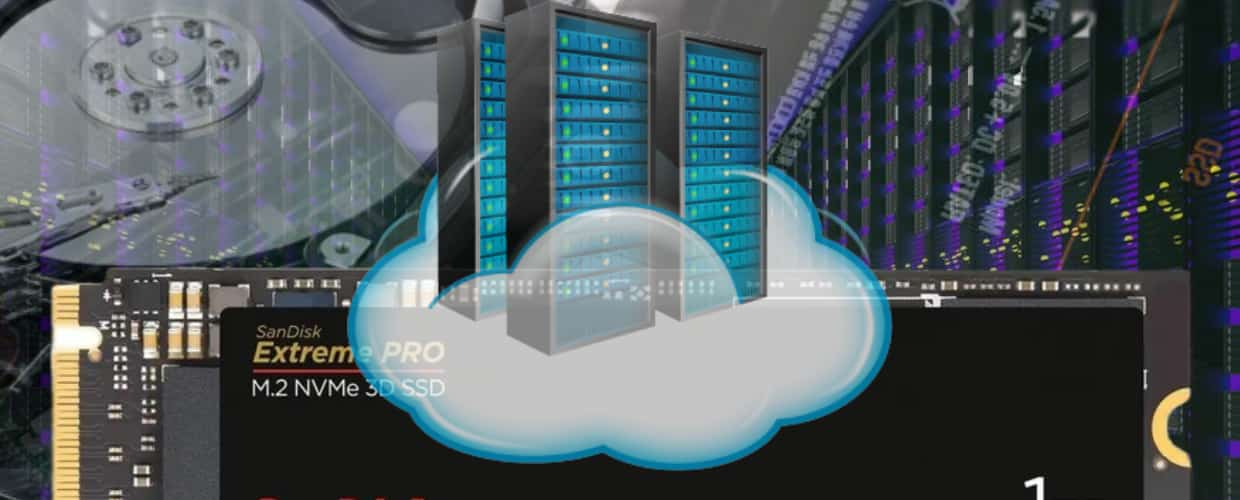In this digital information age, we have all become heavily reliant on various storage devices. From the humble floppy disk to the ubiquitous cloud storage, these devices have played a crucial role in our lives. The trend in storage devices is towards greater speed, capacity, and reliability while becoming more compact and affordable.
Earliest forms of storage devices
The earliest forms of storage devices were magnetic tapes and punched cards. However, these devices were large, unreliable, and had limited capacity. With the advent of magnetic disks in the 1950s, storage devices became more reliable and compact.
The introduction of the floppy disk in the 1970s revolutionized storage. The compact disc (CD) in the 1980s marked another milestone in the evolution of storage devices. CDs were smaller than floppy disks and had a much larger capacity, and they could store up to 700 megabytes of data and were widely used for storing music, videos, and software.
Solid-state drives (SSDs)
SSDs have become increasingly popular, replacing traditional hard disk drives (HDDs) in laptops and desktops. SSDs are faster, more reliable, and consume less power than HDDs. As SSD technology advances, we can expect even faster and more reliable drives.
Non-Volatile Memory Express (NVMe) is a new storage protocol designed specifically for SSDs. NVMe allows faster communication between the SSD and the rest of the system, resulting in faster data transfer speeds. NVMe SSDs are becoming more common and affordable, offering significant speed improvements over traditional SATA SSDs.
Cloud storage solution
Cloud storage is another significant development in the world of storage. With cloud storage, users can store their data on remote servers and access it from anywhere with an internet connection.
This technology has revolutionized how we store and access data, making it more convenient and secure. Cloud storage has become an increasingly popular option for storing data, and the storage solution is convenient and secure, eliminating the need for physical storage devices.
Portable drives and 5G networks
With compact size and large storage capacity, portable drives have become increasingly popular. Portable drives are often used for backup and file transfer and can be easily carried around, and portable drives are becoming even more compact and affordable while offering larger capacities.
The advent of 5G networks is expected to impact storage devices significantly. With 5G technology, users will be able to access data faster than ever before, which could eliminate the need for local storage. Instead, users could store their data on remote servers and easily access it over 5G.
Conclusions
Since the early days of magnetic tapes and punched cards, the devices have come a long way. Today, we have access to a wide range of storage devices that are fast, reliable, and compact.
Modern storage devices have played a crucial role in our lives, from storing important data to entertainment. We can expect even more powerful and innovative storage devices as technology evolves.
Read: Top Storage Devices in 2023
ADDITIONAL NOTICE:
Visit TechGolly.com to stay informed about technology news, discussions, trends, advice, opinions, directories, insights, and markets. TechGolly covers a wide range of the latest technology news, including business news, product news, stock market news, future tech news, and research news.


